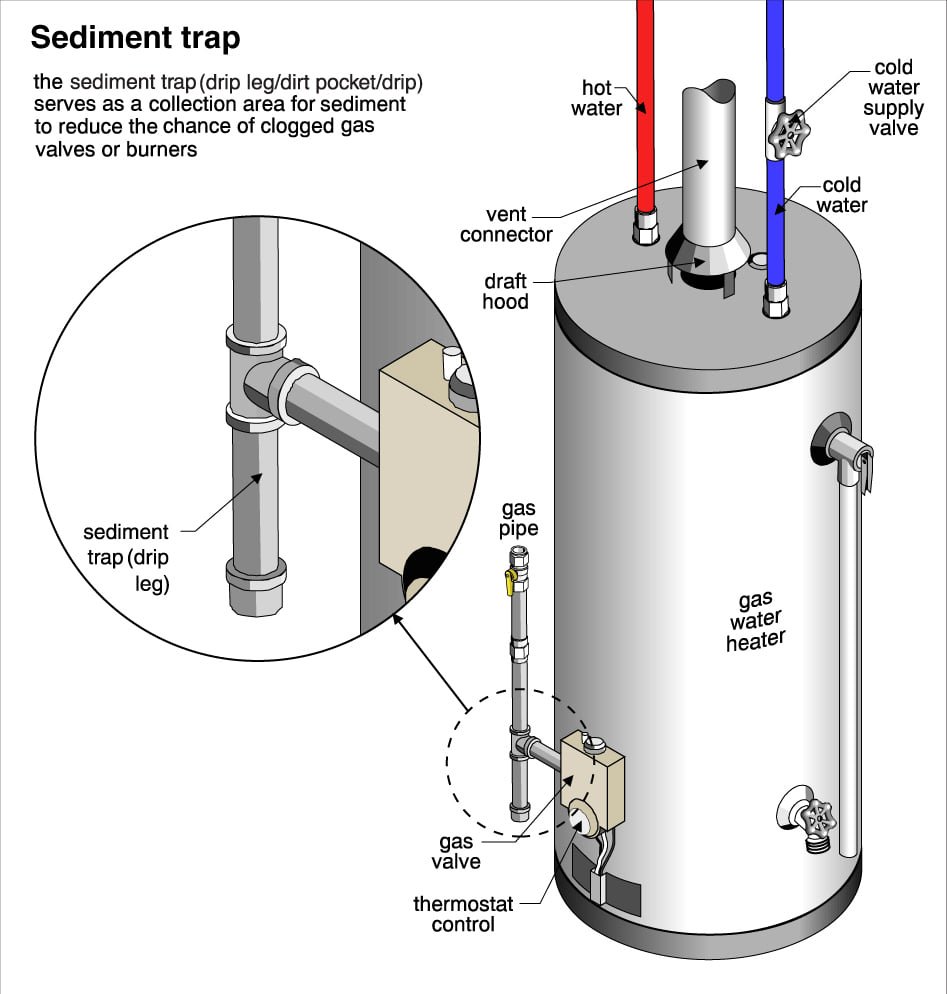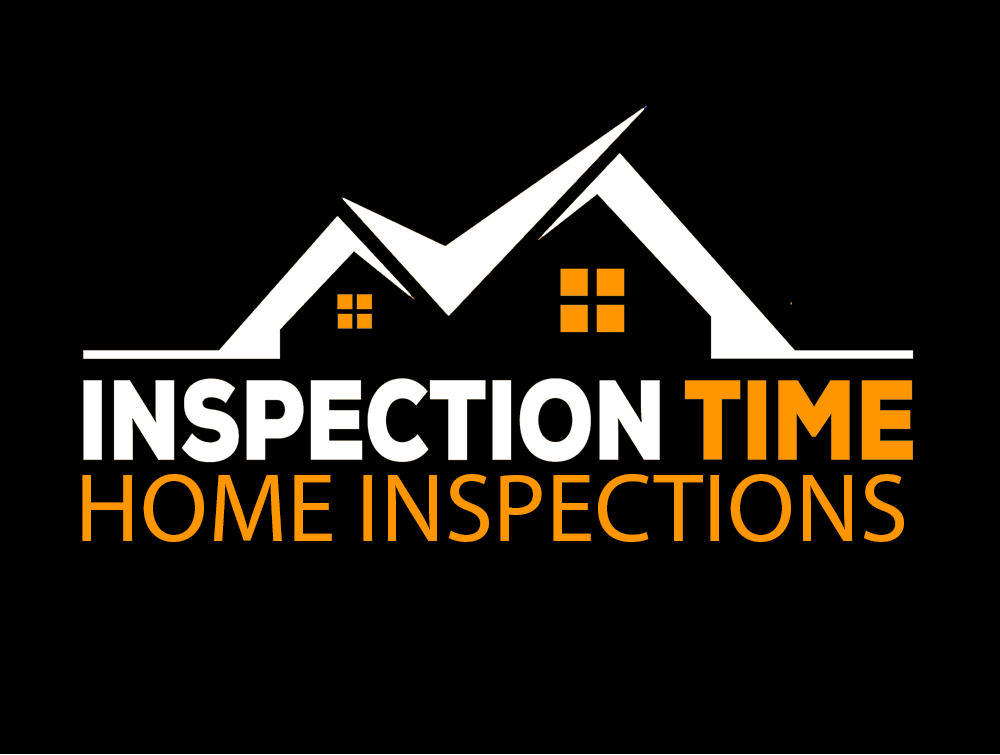Sediment Traps Why Home Inspectors Call Them Out
Author: Inspection Time | Aaron – Certified Master Inspector TREC #25498 | NACHI22040459 | LEAD FIRM #NAT-F244506-1 | TDA# 0907507 | Airman Certificate #4902697

If you’ve ever had a home inspection on a property with gas appliances, you might have seen a note about a missing sediment trap. This is a small but important safety and maintenance feature that many homeowners don’t even know exists—yet it’s been part of building standards for years.
What is a Sediment Trap?
A sediment trap is a short section of gas piping designed to catch debris, moisture, or other contaminants before they enter your appliance. It’s typically a small “T” fitting installed in the gas line with a capped vertical leg. The idea is simple: heavy particles drop into the capped section instead of flowing into and damaging the appliance.
The IRC Code Requirement
The International Residential Code (IRC)—specifically G2419.4 (408.4)—requires sediment traps to be installed as close to the appliance as possible at the appliance’s inlet. The intent is to protect gas-burning appliances from damage caused by contaminants in the gas line.
The requirement applies to most gas appliances, including:
- Furnaces
- Water heaters
- Boilers
- Space heaters
- Gas fireplaces
- Gas dryers
(Note: Some appliances, such as ranges and decorative gas appliances, may be exempt per the manufacturer’s instructions.)
Why Sediment Traps Are Important
Even if your gas supply is clean, small amounts of dirt, rust, or moisture can travel through the lines over time. Without a sediment trap, those contaminants can:
- Damage sensitive components like burners and valves.
- Reduce efficiency and performance.
- Cause blockages or unsafe operating conditions.
A sediment trap is a cheap and easy way to protect expensive appliances and prevent costly repairs.
Why Home Inspectors Call It Out
Home inspectors flag missing sediment traps because:
- It’s an IRC requirement in most modern installations.
- Manufacturers and gas utilities often require them for warranty or service.
- Their absence can indicate that the gas line installation did not follow today’s safety standards.
Even if the appliance works fine now, the missing trap is a long-term maintenance and safety concern worth correcting.
When This Became a Standard
Sediment traps have been around for decades, but their consistent inclusion in the IRC dates back to the early 2000s when national model codes began unifying gas piping standards. Many older homes—especially those built before the mid-2000s—may not have them simply because they weren’t required at the time of construction.
What to Do if Yours is Missing
If your appliance is missing a sediment trap:
- Hire a licensed plumber or gas fitter to install one according to IRC and manufacturer guidelines.
- Ensure the trap is installed as close to the appliance as possible and positioned correctly.
- Have the professional check for any other gas piping safety or performance issues.
Adding a sediment trap is an inexpensive upgrade that can protect your appliances, extend their life, and ensure your installation meets today’s standards—making it one less thing for a home inspector to call out in the future.



